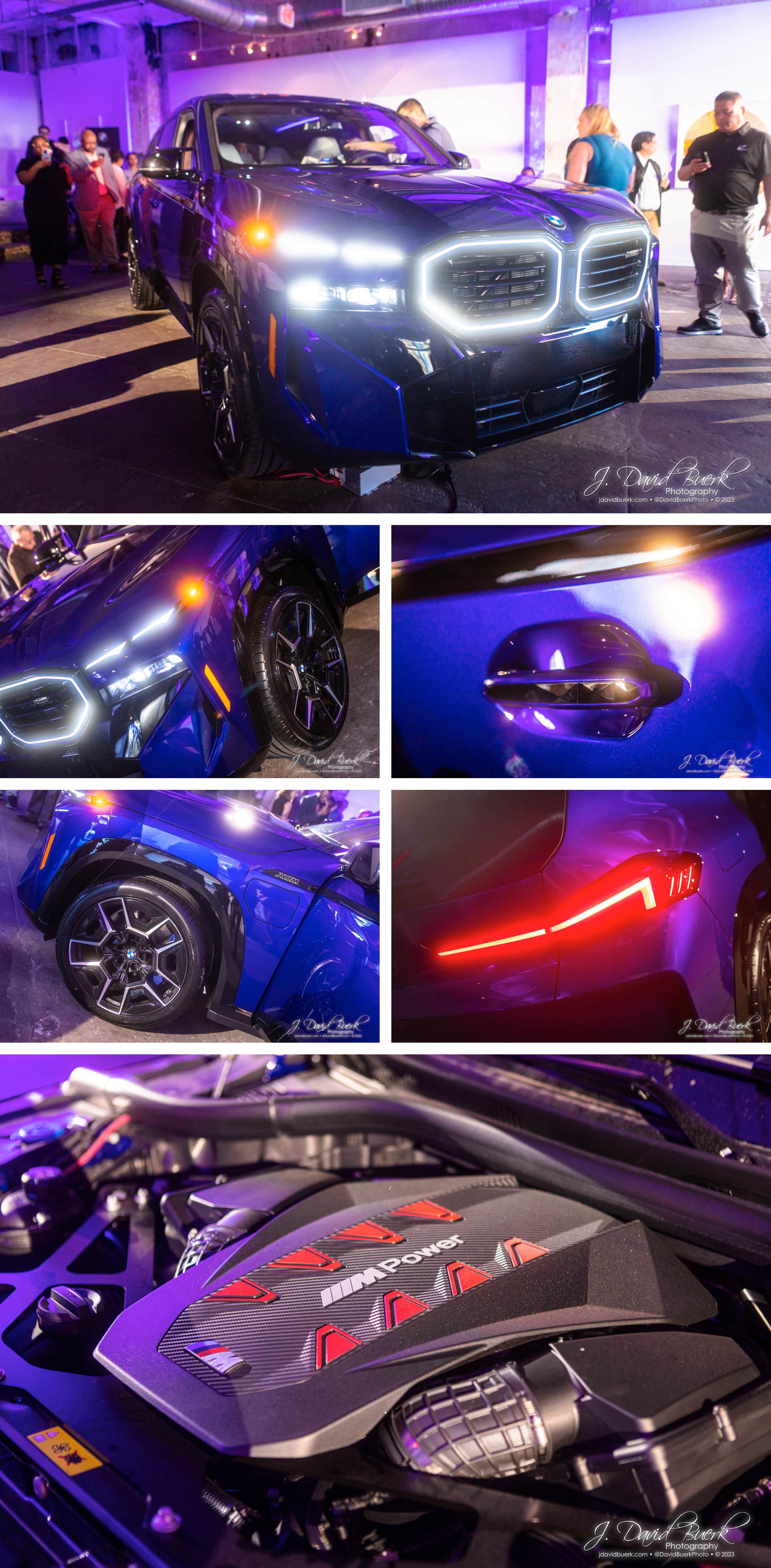Winter isn’t generally the most friendly time of year to photograph your vehicle, but snow makes things pretty as long as you can keep it off your paint!
This excellent condition Hummer in the final year of the H2’s production run is going up for sale soon, and I captured an exhaustive set of photos for its sale on auction platforms like Bring A Trailer. It’s been a very long time since I was last in a Hummer, and capturing this example reminded me of why people love them so much - very comfy in any seat, and spacious with room for all your stuff to spare.
Do not contact J. David Buerk - Photography for sale inquiries.






















